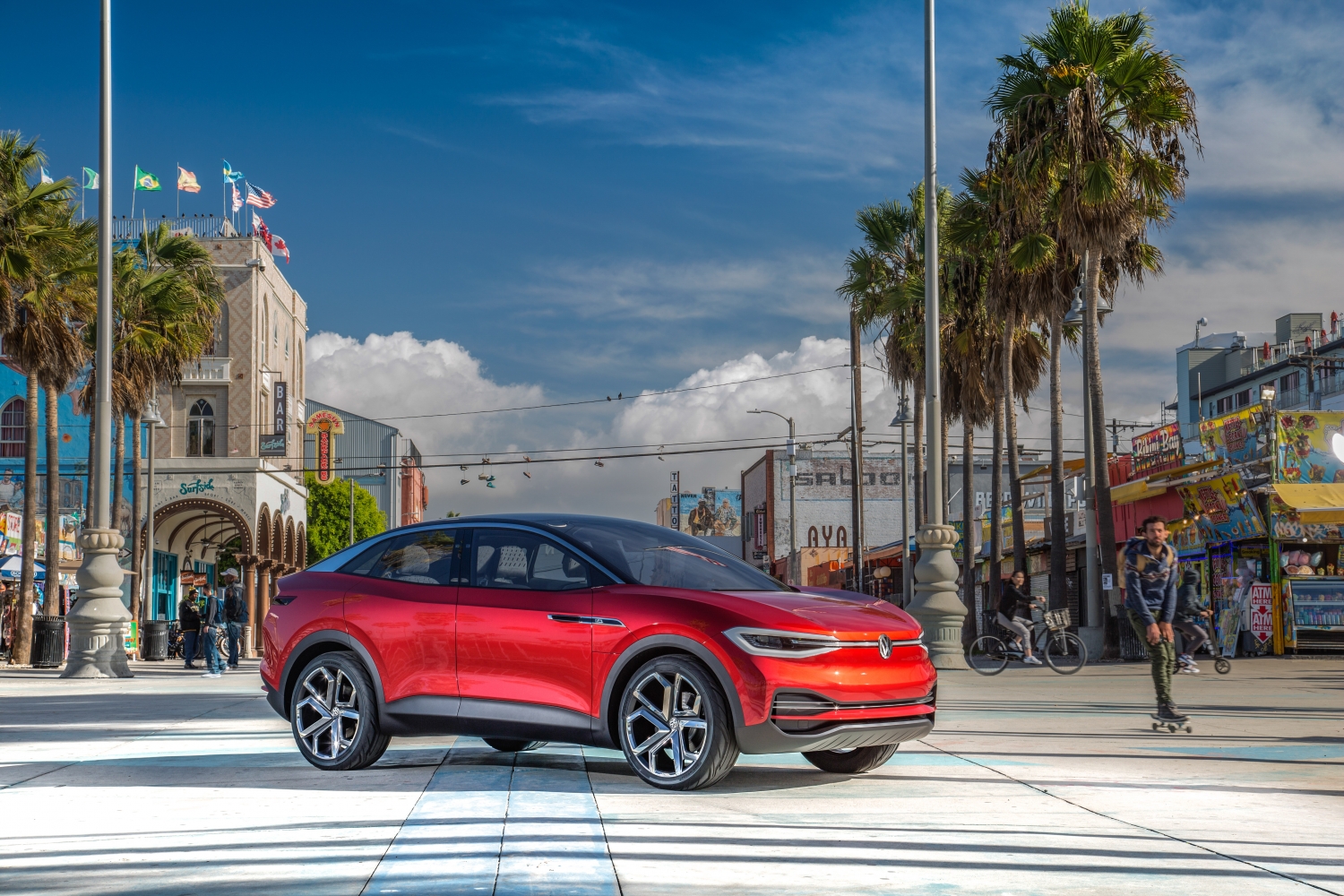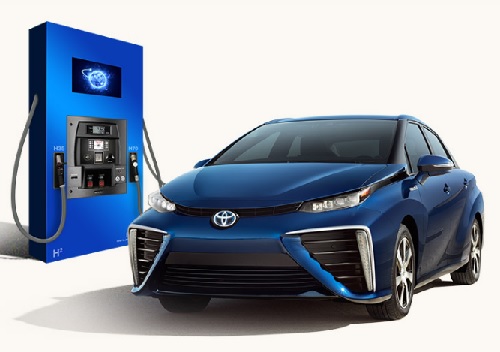Newsworthy: Volkswagen yesterday revealed at the LA Auto Show that an all-electric  crossover based on its I.D. Crozz concept will be available in 2020. An 83-kWh lithium-ion battery pack with a pair of electric motors, one on each axle, will produce a combined 302 horsepower and an anticipated range of 300 miles. The I.D. Crozz will precede the I.D. Buzz microbus by about two years. The two were shown together with the I.D. concept car for the first time in North America…………… Two fledgling Tesla-competitors are facing contrasting scenarios, with Lucid Motors pulling ahead and Faraday Future struggling to raise funds. Lucid is moving its headquarters and doubling the size from Menlo Park to nearby Newark, Calif. The 1,000-horsepower Lucid Air will go into production in 2019 with a starting price of $60,000; and the automaker will be posting ads for more jobs in the near future. Faraday Future is facing a financial crisis next month, according to people familiar with the matter. A $400 million convertible note with a 12% interest charge, will become payable immediately if the company can’t raise the Series A round by December. There’s also about $100 million in unpaid bills as it works on paying off Chinese investors that had financed the debt, the sources said.
crossover based on its I.D. Crozz concept will be available in 2020. An 83-kWh lithium-ion battery pack with a pair of electric motors, one on each axle, will produce a combined 302 horsepower and an anticipated range of 300 miles. The I.D. Crozz will precede the I.D. Buzz microbus by about two years. The two were shown together with the I.D. concept car for the first time in North America…………… Two fledgling Tesla-competitors are facing contrasting scenarios, with Lucid Motors pulling ahead and Faraday Future struggling to raise funds. Lucid is moving its headquarters and doubling the size from Menlo Park to nearby Newark, Calif. The 1,000-horsepower Lucid Air will go into production in 2019 with a starting price of $60,000; and the automaker will be posting ads for more jobs in the near future. Faraday Future is facing a financial crisis next month, according to people familiar with the matter. A $400 million convertible note with a 12% interest charge, will become payable immediately if the company can’t raise the Series A round by December. There’s also about $100 million in unpaid bills as it works on paying off Chinese investors that had financed the debt, the sources said.
The future of fuel cell vehicles: Toyota Motor Corp.’s commitment to hydrogen fuel cell  vehicles is going down he path of backing the Betamax over VHS in the 1980s, according to Reuters. While the points made are clear on electric vehicles reaching mass market adoption over fuel cell vehicles (FCVs), I think one part of the argument is inaccurate: hydrogen-powered vehicles won’t be going away like the Betamax.
vehicles is going down he path of backing the Betamax over VHS in the 1980s, according to Reuters. While the points made are clear on electric vehicles reaching mass market adoption over fuel cell vehicles (FCVs), I think one part of the argument is inaccurate: hydrogen-powered vehicles won’t be going away like the Betamax.
Here are a few points to consider:
OEMs onboard: While sales figures by Toyota, Honda, and Hyundai for their FCVs are slim – and the number of hydrogen stations are slight in comparison to other alternative fuels – automakers are not going to be leaving FCVs behind. These three automakers have broad plans for the technology in their future vehicles, and a few other major automakers such as General Motors, BMW, and Daimler, are making the investments as well. Elon Musk and Tesla won’t be joining the race, but that doesn’t mean the technology is finished.
California backing it: California Gov. Jerry Brown is dismissing President Donald Trump’s decision to leave the Paris climate change accord behind, along with likely softening the federal fuel economy and emissions standards. China seems to agree with him, welcoming Brown and CARB chair Mary Nichols over earlier this year for strategic planning meetings on zero emission vehicles; and China is now following that model. Keep in mind that FCVs are part of it, and California is not baking off supporting these vehicles and their needed fueling stations.
Toyota is covering all the bases: When reviewing Toyota’s decisions, keep in mind practicing the Japanese business philosophy of “kaizen,” or making continuous improvements in a corporate growth strategy. The management practice involves much longer phases than U.S. companies are used to. Toyota executives have clearly seen, since the 1990s, where government policy is going; along with a series of reports on increasing greenhouse gas emissions. The Japanese government has been pushing for FCVs and hydrogen stations and California, a few others states, Canada, and China, are going the ZEV route. Toyota’s product planning reflects the broad approach. It’s Prius Prime plug-in hybrid has been beating the Chevy Volt in U.S. sales lately with improvements made to battery range and other features; the Toyota Mirai has a long way to go but is getting substantial marketing support by the parent company; CEO Akio Toyoda is leading a team developing upcoming electric vehicle models; and even though sales of the Prius hybrid have been declining, the company isn’t backing away from building and marketing Toyota and Lexus hybrid models.



